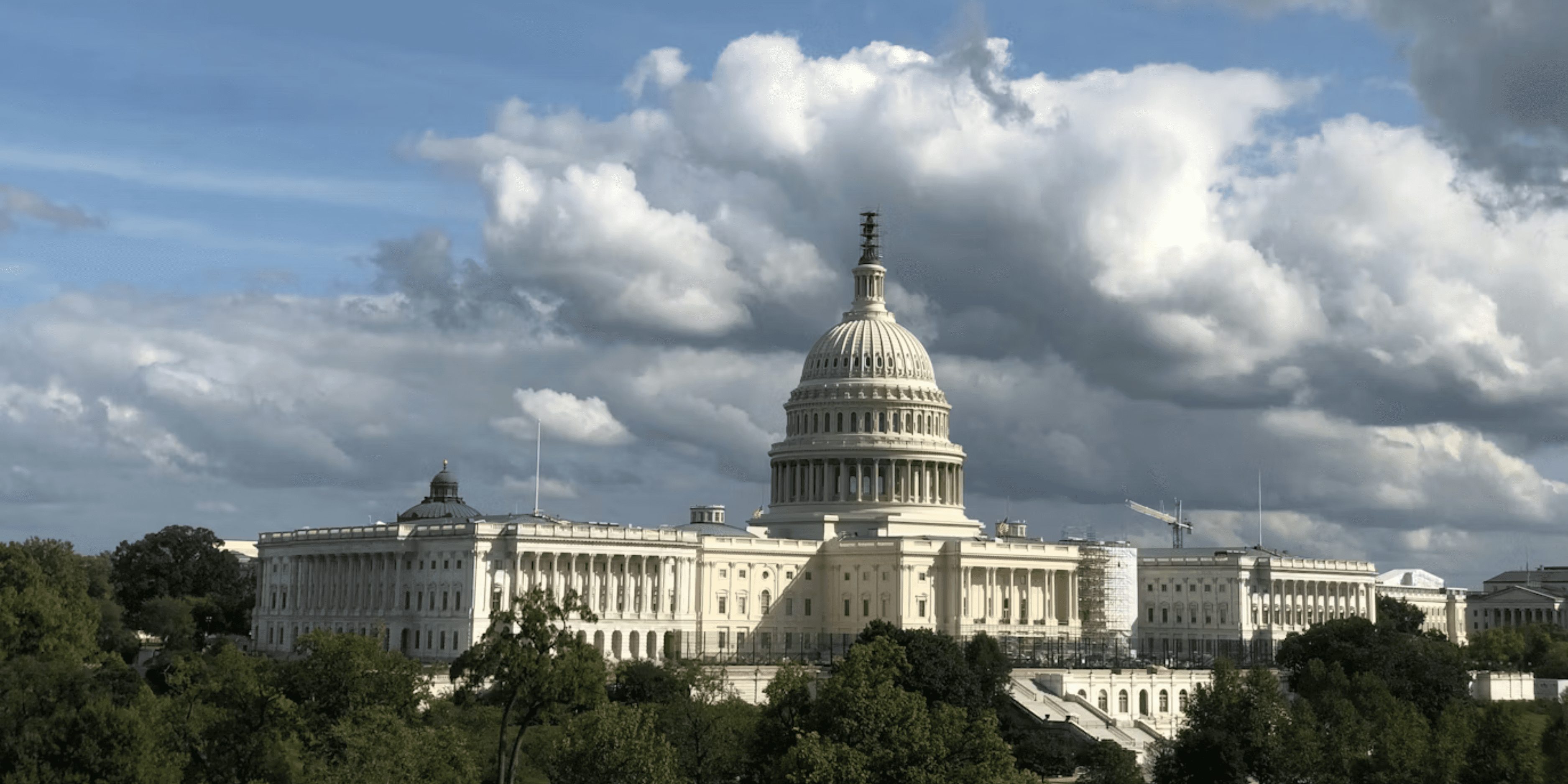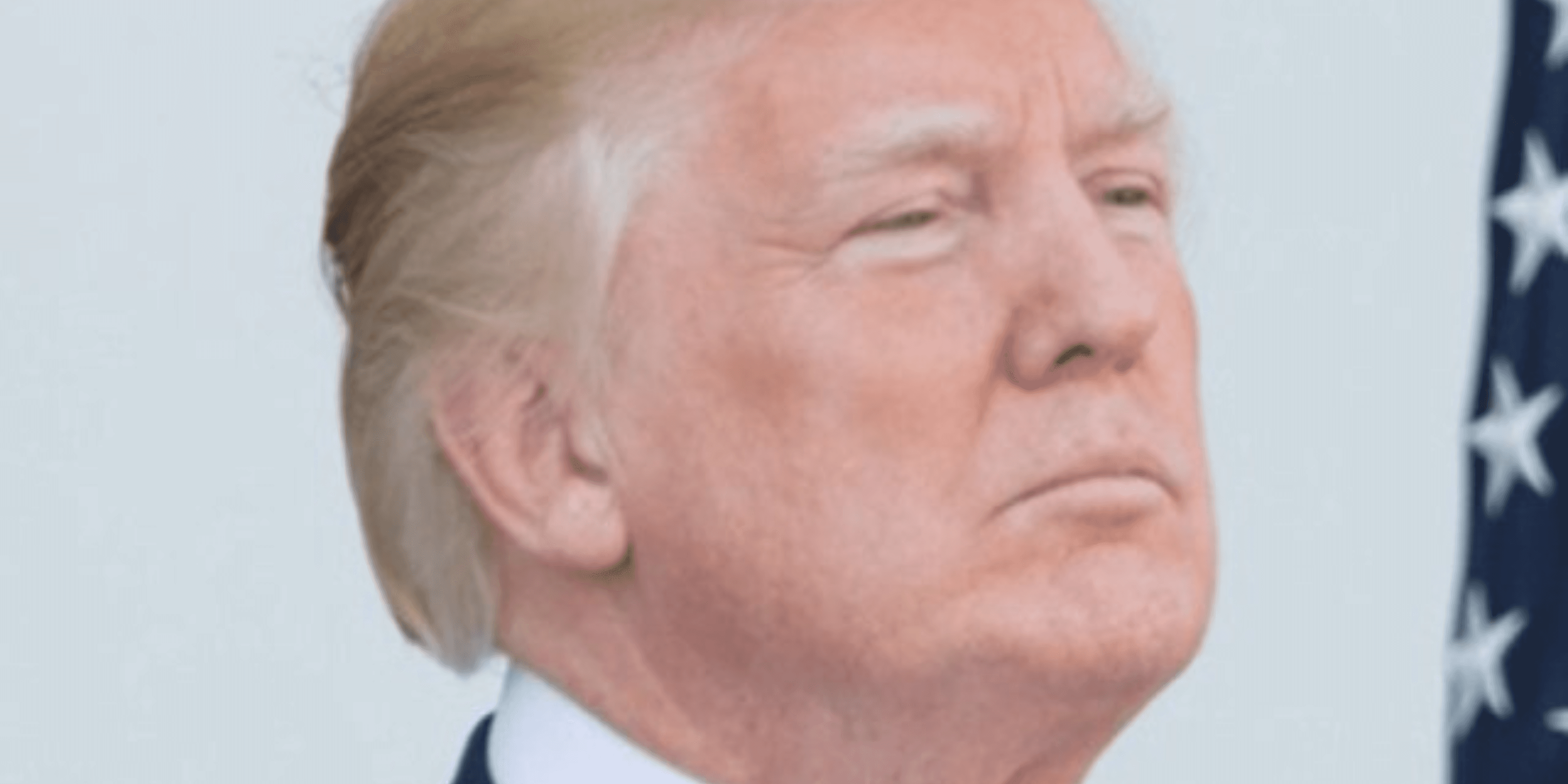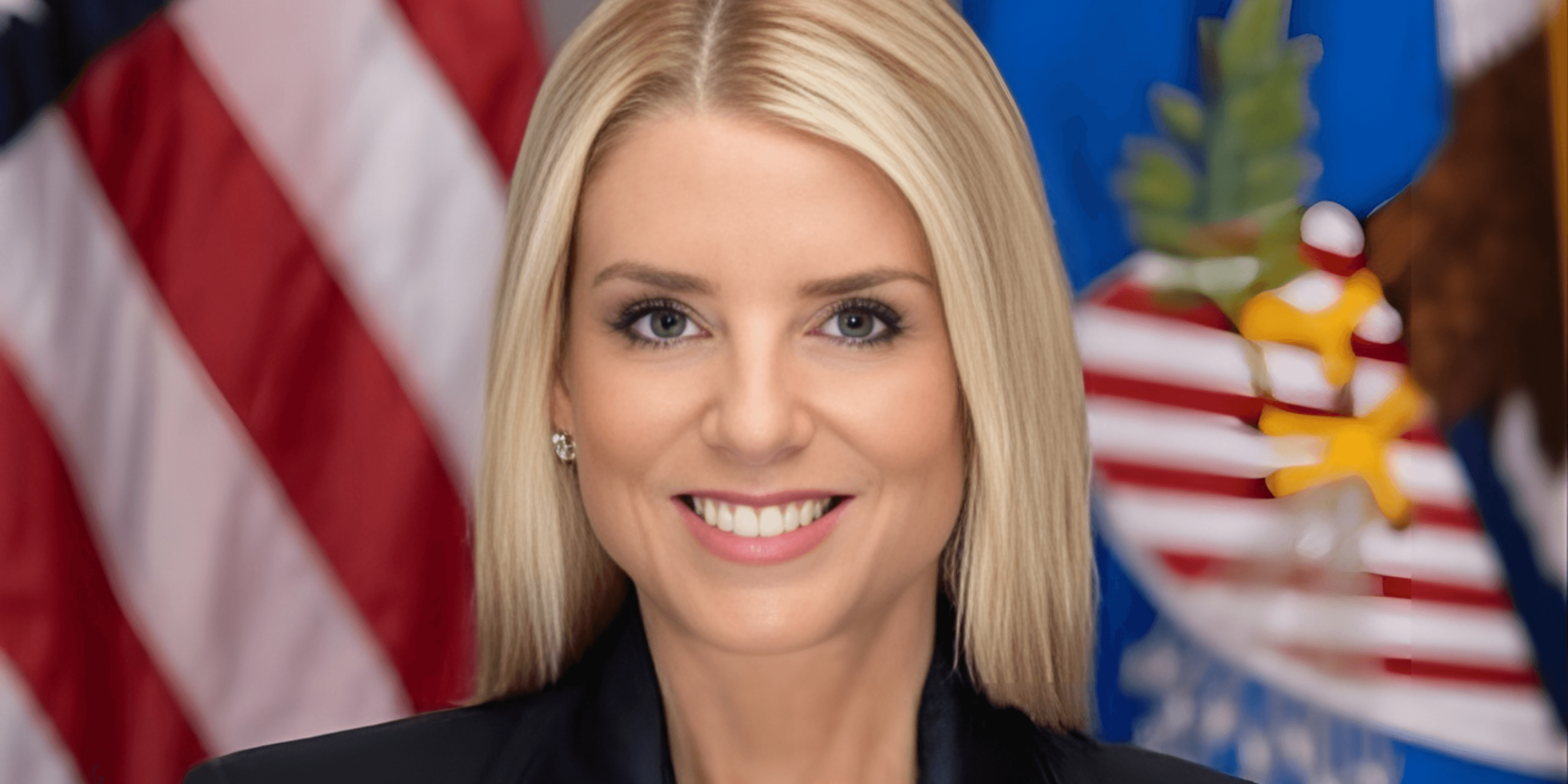newsletter
Your Daily News in Just 5 Minutes!
Featured
Featured
Bipartisan Truce Unfolds Amid Market Surge, Syria Reset and Inflation Pressures
The United States entered a pivotal Monday as Congress edged closer to ending the longest federal shutdown in history, markets surged on the prospect of resolution, and the Donald Trump administration navigated significant foreign‑policy and economic shifts. With the shutdown stalemate breaking just in time to ease pressure on beleaguered federal workers and critical programs, Washington’s attention also shifted to a historic diplomatic engagement with Ahmed al‑Sharaa of Syria and the unfolding implications for trade, inflation and governance. The day served as a reminder that while gridlock still looms, today’s movement could carry outsized consequences for U.S. policy across multiple fronts.
Nov 10, 2025
Funding Deal Advances in Senate, Shutdown Nears End
In a major breakthrough on November 9 and into early November 10, the Senate voted 60‑40 to advance a stopgap funding measure that could finally bring an end to the federal government shutdown that began on October 1. The measure would restore funding for federal agencies through January 30, 2026, bringing relief to hundreds of thousands of unpaid workers and citizens relying on government services. Despite the progress, the bill notably omits the expansion of health‑insurance subsidies under the Affordable Care Act that many Democrats demanded—a key sticking point that continues to frustrate the party’s base. Although a full House vote and presidential signature remain, the Senate’s action appears to shift the dynamic. For affected federal workers, families on food aid and travelers facing delayed flights, the anticipation of reopening carries real relief. The next 48 hours will determine whether that relief becomes reality.

Market Rally Reflects Relief and Risk
The financial markets responded enthusiastically to Washington’s apparent move toward resolution of the shutdown. Global indices—including the FTSE 100—jumped, with investors interpreting the deal as a removal of a major knife‑edge risk in the economy. Stocks rallied not just because funding seemed secured, but also because the end‑game of weeks of uncertainty may now be visible. That said, analysts cautioned that lingering issues—such as the missing health‑care subsidies, rising inflation and supply‑chain pressures—could temper the optimism.
In short, markets are upbeat for now, but the underlying economic tectonics remain unsettled.

Historic U.S.–Syria Engagement Begins
On the diplomatic front, the meeting of President Trump with Syrian transitional leader Ahmed al‑Sharaa marks the first official White House visit by a Syrian head of state since 1946. The agenda reportedly includes a push to lift U.S. sanctions under the Caesar Syria Civilian Protection Act and secure reconstruction contracts and new security alignments. This marks a significant shift in U.S. policy toward Syria and suggests an opening for broader Middle East re‑engagement, with implications for regional power balances, humanitarian aid flows and U.S. standing in ongoing conflicts. While the details remain nascent, the symbolism is unmistakable: Washington is signalling it’s willing to reset relations in parts of the global arena.

Trade and Tariff Policy in Flux Amid Global Uncertainty
In the economic sphere, the Trump administration’s trade posture gained fresh relevance this week. Washington announced it would extend certain tariff exclusions involving China, delaying escalation of duties and stabilising key supply‑chains heading into the holiday season. Meanwhile, a prior deal with China granted commitments on soybean purchases and rare‑earth exports, signalling that the bilateral trade war may be evolving even as broader structural disagreements persist. Taken together, these developments hint at a softer, more calibrated trade approach—though traders and businesses remain wary of the underlying volatility that remains in place.

Domestic Pressure Builds With Inflation, Aid Gaps and Governance
Back home, the unresolved subsidy gap under the ACA, continued flight cancellations due to the shutdown, and pressure on nutrition‑aid programmes underscore the human cost of the political stalemate. Inflation remains a concern, supply‑chain bottlenecks linger and households are watching whether the burst of political movement translates into tangible relief. Moreover, the bipartisan deal in the Senate has sparked backlash from parts of the Democratic Party, which view the bundle as a concession without enough protection for vulnerable Americans. These pressures underscore that while headline progress is welcome, underlying policy fractures and economic strains remain significant.
Looking Ahead
In the coming days, attention will focus on the House’s next moves and whether the funding bill reaches President Trump’s desk; failure to secure final approval would reopen the political risk. Simultaneously, the White House’s Syria engagement may reshape U.S. regional strategy, but will draw scrutiny from Congress and civil‑society advocates alike. On the economic front, markets will watch how inflation data holds up, whether consumer and business relief begins to register and whether trade negotiations with China proceed smoothly. Finally, the public will be watching whether this moment of apparent bipartisan cooperation produces real‑world relief or simply clears the way for another standoff. The next week may prove pivotal in shifting the U.S. trajectory from crisis response to stable governance—and whether it can deliver.
Related blogs
Related blogs
Copyright 2025 USA NEWS all rights reserved
newsletter
Get daily news directly in your inbox!
Copyright 2025 USA NEWS all rights reserved
newsletter
Get daily news directly in your inbox!
Copyright 2025 USA NEWS all rights reserved
Copyright 2025 USA NEWS all rights reserved














